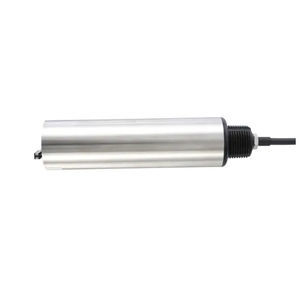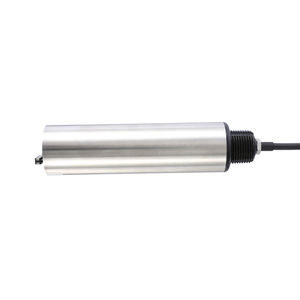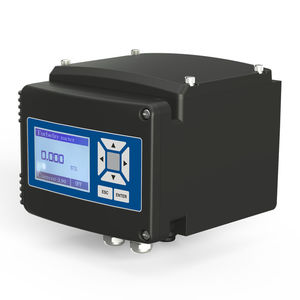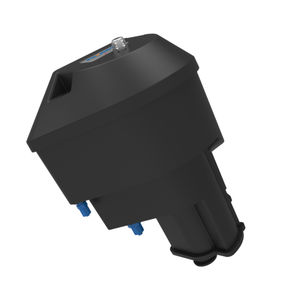
- Detection - Measurement
- Flow, Pressure and Level Measurements
- Turbidity sensor
- Shanghai Boqu Instrument Co.,Ltd.
Turbidity sensor BH-485-TB




Add to favorites
Compare this product
Description
BH-485-TB online turbidity sensor is a patented product with independent intellectual property rights developed for the online monitoring of drinking water quality. It has ultra-low turbidity detection limit, high-precision measurement, long-term maintenance-free equipment, and water saving The characteristics of work and digital output, as well as RS485-modbus communication, can be widely used in online monitoring of turbidity in surface water, tap water factory water, secondary water supply, pipe network terminal water, direct drinking water, membrane filtration water, swimming pools, etc..
Features
①High performance: the performance is world-class, the display accuracy is 2%, and the minimum detection limit is 0.015NTU;
② Maintenance-free: Intelligent sewage control, no manual maintenance required;
③Small size: 315mm*165mm*105mm (height, width and thickness), small size, especially suitable for system integration;
④ Water saving: <250mL/min;
⑤Networking: support cloud platform and mobile terminal data remote monitoring, and RS485-modbus communication.
★ High performance: indication accuracy 2%, minimum detection limit 0.015NTU
★ Maintenance-free: intelligent sewage control, no manual maintenance
★ Small size: especially suitable for system set to make
★ Protocol: Modbus RTU RS485
★ Power Supply: DC24V(19-36V)
★ Application: surface water, tap water factory water, secondary water supply etc
Catalogs
No catalogs are available for this product.
See all of Shanghai Boqu Instrument Co.,Ltd.‘s catalogsExhibitions
Meet this supplier at the following exhibition(s):

Other Shanghai Boqu Instrument Co.,Ltd. products
Turbidity&TSS(MLSS)
Related Searches
- Flowmeter
- Liquid flowmeter
- Waterproof flowmeter
- Industrial flowmeter
- Water flowmeter
- DC flowmeter
- Digital flowmeter
- Flowmeter with display
- RS485 flowmeter
- IP65 flowmeter
- DN25 - 1" flowmeter
- DN50 - 2" flowmeter
- Modbus flowmeter
- 24 Vdc flowmeter
- DN80 - 3" flowmeter
- DN100 - 4" flowmeter
- Electromagnetic flowmeter
- Water treatment flowmeter
- Chemical flowmeter
- Wastewater flowmeter
*Prices are pre-tax. They exclude delivery charges and customs duties and do not include additional charges for installation or activation options. Prices are indicative only and may vary by country, with changes to the cost of raw materials and exchange rates.










